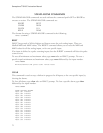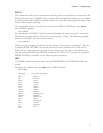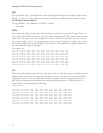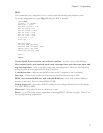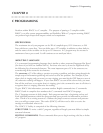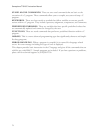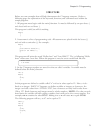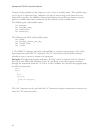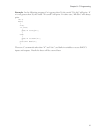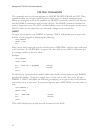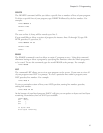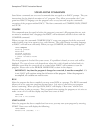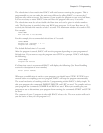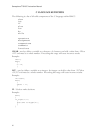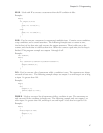80
Sensaphone
®
ISACC Instruction Manual
In many of the examples in this chapter, we use x and y as variable names. The variable name
can be up to 15 characters long. Numbers can also be used as long as the name does not
begin with a number. In addition to letters and numbers, the underscore character may be
used in a variable name, but it cannot be the first character of the variable name.
The following are valid variable names:
int average;
int outside_temp;
int condition1;
int contact12;
The following are NOT valid variable names:
int 3temp;
int average_result_per_day;
int inside room;
int _timer;
4. The ISACC C language has other tools available to construct your program. One of the
most important tools is the “if” statement. The “if” statement is used to make a decision
whether or not to execute a sequence of statements.
Example: The following program will print “X is big” only if x if greater than 10, which in
this case is true. When the condition in the “if” statement is true, the program continues
through the statements inside the “if” braces. If the condition was not true, the program skips
the block of statements.
int x;
main()
{
x=14;
if (x>10)
{
puts(“X is big\n”);
}
}
The “else” statement can be used with the “if ” statement and gives instructions on what to do
when the "if" statement is false.



